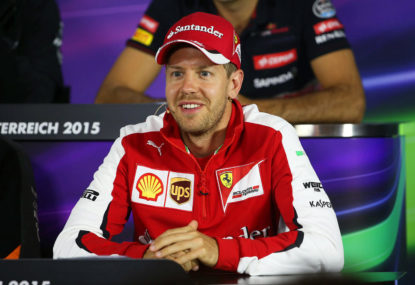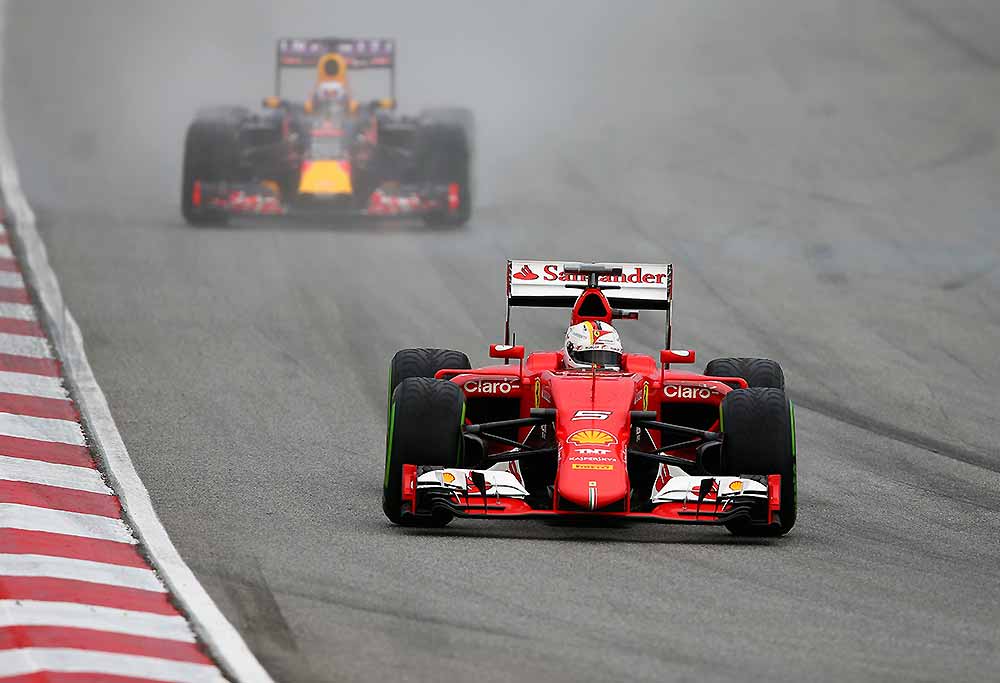Japanese Grand Prix talking points: Verstappen returns to winning ways as Perez solidifies grip on Red Bull seat
Red Bull and Max Verstappen vaulted right back to the top of the charts with a win in Suzuka, after his DNF in Melbourne.

Last weekend’s Japanese Grand Prix was punctuated by several drivers despondently calling for their peers to respect the blue flags that are shown when the trailing driver is one lap ahead, and it’s becoming an increasingly common occurrence.
During the race, Ferrari driver Sebastian Vettel was singing a familiar tune, frustrated at the lack of respect his fellow drivers were showing to cars on the lead lap.
It wasn’t long before Max Verstappen and Kimi Raikkonen leant their voices to the chorus, suggesting it perhaps wasn’t just Vettel’s usual posturing.
During the race, for the first time since the early phase of the season, Vettel found himself chasing down the Mercedes of Lewis Hamilton.
For a couple of laps he held station within one second of the reigning champion, but promptly told the team he couldn’t hold on to the back of him, and certainly his race strategy would have suffered if he’d lit up his tyres by prolonging the chase.
“If you look at the gap at the end they were quite far ahead of us,” Vettel said. “We just had more tyre degradation to fight with than what we expected.”
Still, it demonstrates just how important being held up, by even a few tenths, can be to chasing someone as opposed to defending.
“There’s a lot of consecutive corners here and if you’re in that part of the track, you can’t expect the car in front to move over,” the German added.
It’s likely that Vettel’s habit of complaining about blue flags developed during his years with Red Bull, where his advantage through the corners made the lacklustre pace of the backmarkers all the more pronounced.
Purists will say all driver aids such as blue flags and DRS should be discarded. It’s clear that when there’s political will behind it, regulations can be altered or dissolved altogether.
Earlier this year, a radio clampdown on ‘driver coaching’ was introduced before being scrapped following a fan backlash. Conversations about how to rescind the ill-conceived elimination qualifying format were taking place before the inaugural session had even finished.
So, why do we keep blue flags around?

As far as the guardians of Formula One are concerned, there’s no problem that increased regulation. Once introduced these rules tend to stick around, like to 107 per cent rule that wrecked havoc in Hungary this year.
Some recent changes to the sport have had a more positive impact. It’s widely accepted that introducing additional tyre compounds has improved the spectacle of the sport this season with a broader range of strategies on offer. While this has spiced up the odd race, it doesn’t eradicate the need for assists like DRS or blue flags.
When teams are feeling especially adventurous they’d try their hand at a contra strategy, but inevitably making additional pitstops relies on the drivers’ ability to overtake to put the strategy to good use.
Sadly, assists like blue flags and DRS remaining a part of F1 is as certain as Verstappen moving in the braking zone. At least, so long as the aerodynamic dependences of the cars remain as they are currently.
Today’s ground effect designed cars simply aren’t built for wholesale overtaking. It is what it is. They are quick and fierce, and they are only going to get quicker and fiercer, but doing away with driver aids will only make the racing more processional, less dynamic and downright boring.
A radical overhaul will be no simple task, but it’s what’s required if we are ever to rid ourselves of these driver aids. They keep traffic flowing while also representing everything wrong with the sport, they’re like
So I’m sorry, Sebastian, you’ll probably still be cursing blue flags and the lackadaisical reactions of the backmarkers until the day you retire. Assuming you aren’t a backmarker yourself that is.